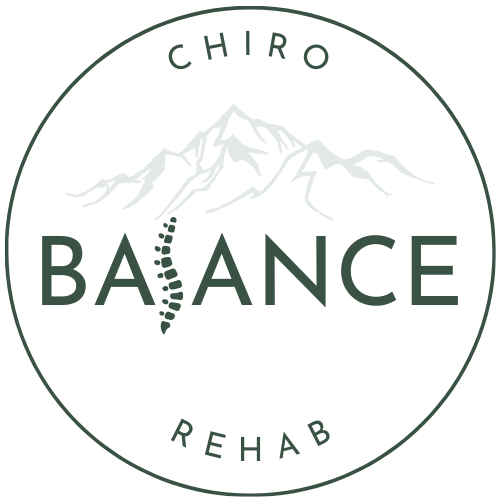How Torticollis and Reflux Go Hand in Hand
Reflux and torticollis are a seemingly unexpected couple that like to creep up together towards the end of the 4th trimester. In fact, about 25% of kiddos with reflux present with it’s partner - torticollis. At this point, a baby’s head should be finding it’s way to the center as it’s neutral position and as we begin to play in a more upright positions, some asymmetries may begin to pop up and become a bit more obvious. This can obviously be a cause for concern as it’s not uncommon for these two to impact milestone development both as a couple and individually.
How can reflux cause torticollis?
Since a baby’s little stomach and esophagus are a bit off to the left side of the body, there is more discomfort in this area. SO, to guard and protect it, that little nugget with have a tendency to scrunch their little torso down to the left and rotate the top half of their body to the right side to get away from the discomfort. Now, the scrunching and pulling from the torso on the left side can tighten down a muscle in the neck known as the SCM. This little guy tightening up on the left will bring the left ear to the left shoulder and then turn baby’s head to the right. Wa-la, there’s the mechanism behind the developing torticollis.
How can torticollis impact reflux?
In the same way that reflux can impact the overall tension and positioning of a little one, torticollis can directly impact reflux as well. If an infant has tension through one side of their body due to torticollis (originating from factors such as in-utero positioning, tongue tie, etc.) this can impact mobility and the way the GI system is functioning. This is ESPECIALLY true when the “scrunched up” side is on the left. The left side of the abdomen is where the descending colon exits the body. If there is tension and tightness here, it can impact bowel emptying and contribute to constipation. If there is increased pressure through the abdomen, pressing up into the stomach, this can exacerbate reflux.
What do I do if my baby has reflux and torticollis?
NOW, what do we do? A pediatric chiropractor (with additional training in torticollis, reflux and bodywork) or a pediatric PT may not be able to FIX the reflux directly (especially if it’s due to anatomical abnormalities), but we can certainly manage symptoms and their impact on milestone development. We can work on addressing torticollis, decrease tension patterns throughout the body that may be impacting both reflux and torticollis, and focus on modifications to help progress milestone development. After assessing your child, other referrals might also be necessary to address any other underlying causes which is why it’s so important to see a provider that is well versed in this area.
